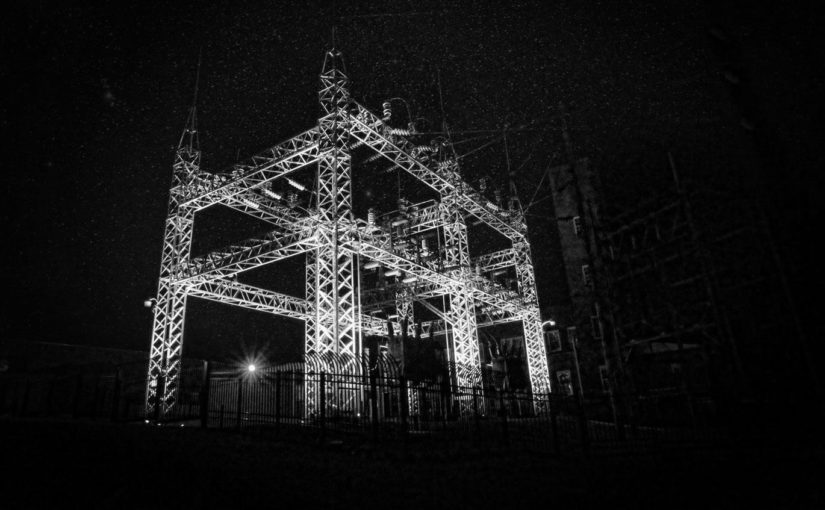The City of Danville Finds Success with Demand Response and CPower
AMP Member passes ordinance, increases revenues through energy reduction
Hardworking businesses form the backbone of the City of Danville, Virginia. When it comes to overseeing the energy needed to run the city’s economic engine, Danville Utilities—the City of Danville’s electrical department—understands the need to maintain the balance between consumption and conservation.
“As a municipal utility, we are always encouraging our customers to find ways to save energy,” says Meagan Baker, Danville Utilities’ Key Accounts Manager. The City of Danville — an AMP member municipality — perpetually seeks ways that not only allow their customers to conserve energy, but also allow the utility to save on congestion and transmission charges during the most critical peak times of the year.
Enter demand response and, what the City of Danville calls, “a win-win situation for the utility and the customer.”
In early 2014, the City of Danville adopted a resolution authoring their participation in the PJM demand response program for retail customers. The resolution allowed Danville’s city manager to execute an agreement with American Municipal Power approving the city’s participation in PJM’s demand response programs, which pay businesses for reducing their energy use during the few times each year when the PJM grid is stressed.
The agreement also named CPower as the City of Danville’s exclusive PJM curtailment service provider in charge of implementing and facilitating the city’s demand response. Danville Utilities believes their customers couldn’t be in more capable hands.
“CPower has been a great source for implementing our demand response program. Bill Oosterom, our account manager, has been our go-to person from start to finish. From educating customers about the program, getting them enrolled and assisting with any questions and/or concerns they have along the way, the process has been very transparent and straightforward. This streamlined approach makes it easier for our customers as well.” – Meagan Baker Key Accounts Manager, City of Danville
The City of Danville Finds Success with Demand Response and CPower
CPower’s hands-on style of energy management includes the kind of customer-focused touch the business owners of Danville appreciate. CPower’s Bill Oosterom believes that being personally involved in his customers’ demand response participation is a key reason the City of Danville has enjoyed energy management success.
“No two businesses are alike,” says Mr. Oosterom, who has more than 33 years of experience as an energy consultant. “Demand response shouldn’t be a set-it-and-forget-it process. At CPower, we work closely with all our customers to fine tune their demand response participation over time and ensure they get the maximized results and revenue they deserve.”
So far, the results from the City of Danville’s demand response participation have proven to be substantial. Participating customers have earned significant revenue through demand response (more than $97,000 in aggregate for the 2015-2016 program years), with many businesses choosing to put their earnings toward energy efficient upgrades or other capital improvement projects.
Even the City of Danville, itself, has participated in demand response with great success. Facing a need to offset operational costs, the City of Danville enrolled its municipal-owned water and wastewater treatment plants in the program and have now earned valuable revenue (more than $30,000 for the 2015/2016 program) to help budgets of future projects. Civic leaders feel the City of Danville’s involvement in demand response provides a lead-by-example model of energy management. “We are always asking our customers to conserve,” says Meagan Baker, “so we must practice what we preach.”
For the City of Danville, the future looks bright as the number of businesses in their municipality participating in demand response is on the rise. With CPower and demand response on their side, the City of Danville is poised to do their part to keep the grid in balance, the environment in good health, and their hardworking customers in expert hands when it comes to energy management.
“The program has been very beneficial in educating our customer base on the importance of energy efficiency and demand response. As our customers continue to succeed, I believe the word will spread, positively influencing other customers to also become involved. We are excited to grow the program.” — Meagan Baker
AMP urges you to pass your local demand response ordinance as quickly as possible, to ensure that there is ample time for program participants to be registered for the 2017-2018 program year.



